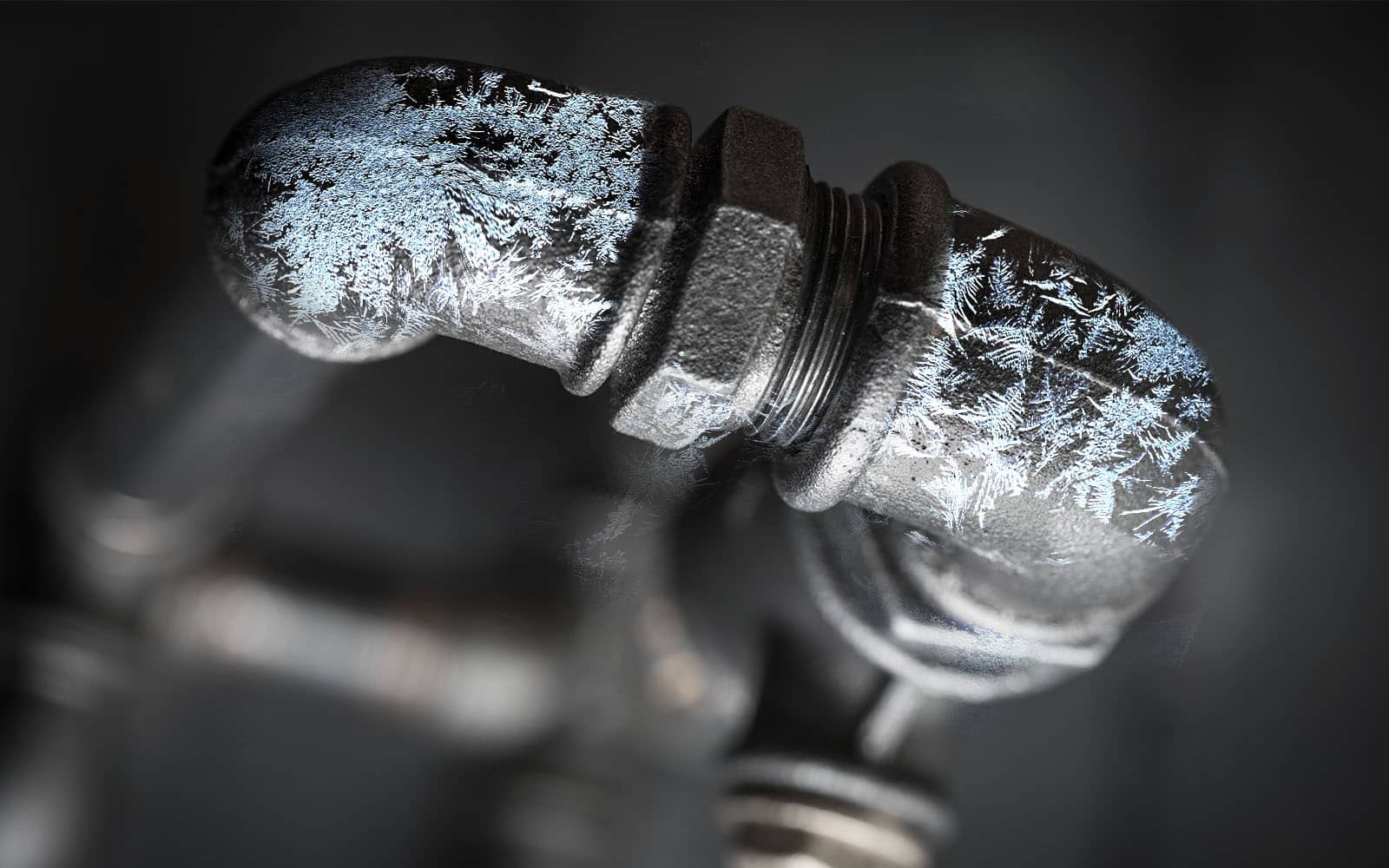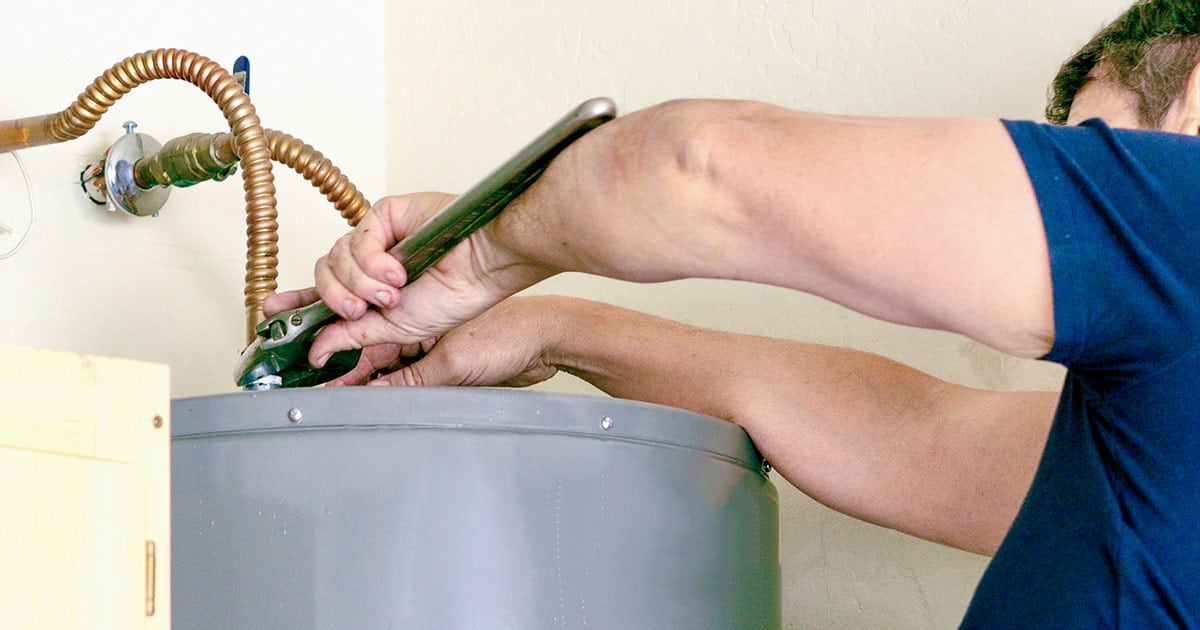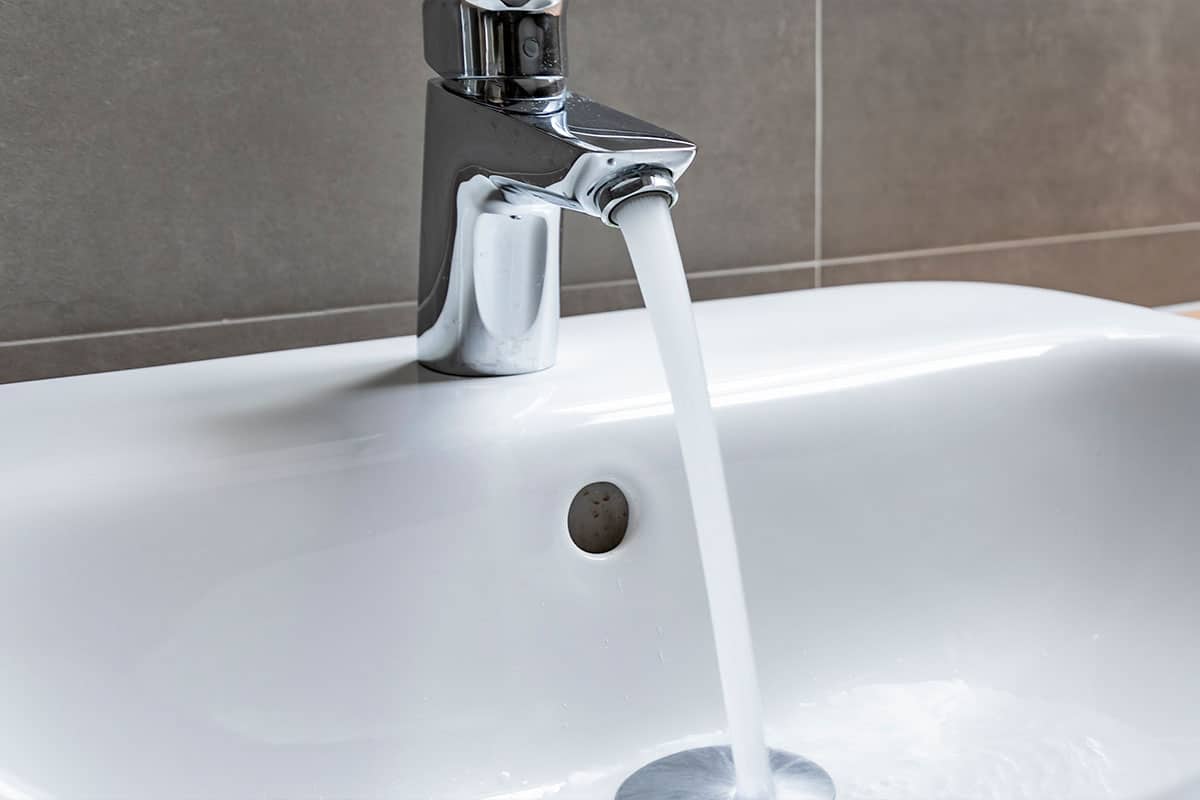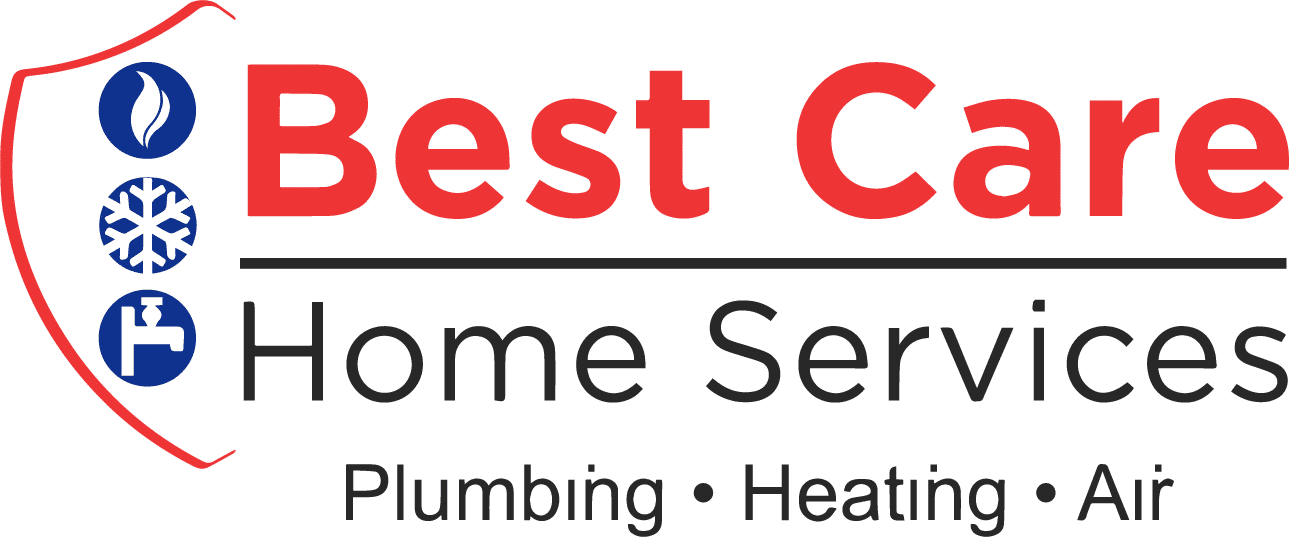Plumbing emergencies are one of the inevitable hardships homeowners have to face. Very often, these unwelcome surprises strike at the most inconvenient times, causing both frustration and worry. Therefore, knowing what to do during these emergencies is a crucial skill that can greatly minimize the damage to your property and potentially save you a significant amount of money. The goal of this article is to provide a step-by-step guide on exactly what actions to take when an emergency arises before a professional plumber arrives. With swift, informed action, you can prevent a minor predicament from evolving into a major catastrophe.

Common Plumbing Emergencies
Leaks
Leaks are perhaps the most common and yet, most overlooked plumbing emergency. They can occur anywhere in your plumbing system – from your taps, pipes, to your toilet or water heater. Water leaks may appear small and insignificant, but if left unchecked, they can lead to substantial water loss, skyrocketing bills, and structural damage due to dampness or mold.
Burst Pipes
Burst pipes are a serious plumbing emergency that requires immediate attention. They usually occur due to freezing conditions or when the pipe is under extreme pressure. The result is a sudden release of water, causing severe flooding and damage to your property. Immediate action is imperative to minimize water damage and costly repairs.
Overflowing Toilets
An overflowing toilet is not just unpleasant; it’s an emergency that can lead to health hazards due to potential exposure to sewerage. This usually occurs due to a blockage in the waste pipe or a malfunction in the float mechanism. An immediate response is necessary to prevent the spreading of contaminated water throughout your property.
Plumbing emergencies, whether leaks, burst pipes, or overflowing toilets, demand immediate attention and informed action. They may appear as minor inconveniences initially, but if overlooked, they can escalate into major problems causing extensive damage to your property, potential health hazards, and a significant increase in utility bills. The importance of proper and urgent response in these situations cannot be overstated. Ensuring prompt action not only minimizes immediate damage but can also prevent a small issue from turning into a costly catastrophe.
Assemble Your Emergency Plumbing Kit
Every homeowner should have an Emergency Plumbing Kit readily accessible. This kit should include the following essential items:
- Adjustable Wrench:
An indispensable tool for handling nuts and bolts of various sizes. It’s particularly useful for tightening or loosening connections. - Plunger:
A must-have for clearing clogs in toilets, sinks, and drains. Remember, a good plunger has a strong suction cup and a sturdy handle. - Bucket:
Handy for catching water when dealing with leaks or overflows. It can also serve as a tool holder. - Towels or Rags:
Useful for cleaning up small spills or for stemming the flow of water until the main source can be shut off. - Tape (Duct or Plumber’s Tape):
Excellent temporary fix for stopping minor leaks. - Screwdriver:
This common tool can help you remove drain covers or disassemble faucets when looking for the source of a problem.
Having these tools readily accessible can make the difference between a manageable situation and a significant disaster. They allow homeowners to quickly respond to plumbing emergencies, potentially saving thousands of dollars in water damage. More importantly, a well-prepared emergency kit can provide a sense of control during a crisis, helping to reduce anxiety and stress.
Step-by-Step Guide for Handling Plumbing Emergencies
Dealing with Leaks

- Identify the Source of the Leak:
Start by finding the exact source of the leak in your plumbing system. It could be a dripping tap, a leaky pipe, or a faulty toilet. This step is essential in helping you decide what immediate action to take before the professional help arrives. - Turn Off the Water Supply:
Once you have identified the source of the leak, the next step is to turn off the water supply to the affected fixture. This can usually be done by locating the shut-off valve, often found beneath the sink for kitchen and bathroom faucets, or behind the toilet for a leaky toilet. If the leak is severe or the source cannot be located, shutting off the main water supply to your house may be necessary. - Contain the Leak:
After shutting off the water supply, try to contain the leak as much as possible to prevent further damage. This can be done by placing towels or buckets under the leaking area to catch the water. Remember to ensure that the water does not come into contact with any electrical outlets or appliances to prevent electrical hazards. - Apply Temporary Fixes:
While waiting for the plumber, there are several temporary fixes you can apply to manage the situation. If the leak is small, applying duct tape or plumber’s tape around the affected area can help. Remember that these are temporary measures and a professional plumber should still be called in to ensure the problem is comprehensively fixed.
By following these steps, you can effectively minimize the damage caused by a plumbing leak in your home. However, remember to always prioritize safety over everything else. If the situation feels beyond your control or unsafe at any point, step back and wait for professional assistance.
Addressing Burst Pipes

- Recognize the Signs of a Burst Pipe:
Burst pipes are generally noticeable through explicit signs such as water spraying out from a particular area, sudden water stains on walls or ceilings, or even an unusual hissing sound. Another common symptom of a burst pipe is an unexpected hike in your water bill due to the increased water usage. Identifying these signs early can help prevent extensive damage. - Turn Off the Main Water Supply:
If you suspect a burst pipe, immediately shut off the main water supply to your house. This valve is commonly located in your basement, crawl space, or near your water heater. Turning off the water supply will stop further water from flowing to the damage point and prevent further flooding. - Drain the Water from the Pipes:
After shutting off the water supply, drain the remaining water in your pipes by opening all your faucets. This step relieves any pressure left in the pipes and further reduces the risk of more pipes bursting. - Manage the Escaping Water:
Try to collect and redirect the leaking water to minimize damage. Use buckets or bins to catch the water and towels or rags to absorb any water that you can’t catch directly. Be careful to avoid any contact with electrical devices or outlets. - Contact a Professional Plumber Immediately:
While these steps can reduce immediate damage, it’s vital to contact a professional plumber who can assess the situation and perform the necessary repairs or pipe replacement. Burst pipes are a significant issue that require expert attention.
Remember, safety comes first. If at any point you feel unsafe or the situation seems out of control, step away and wait for a professional to arrive.
Managing an Overflowing Toilet

- Stop the Overflow:
The first step in managing an overflowing toilet is to prevent the water in the toilet bowl from spilling out onto your floor. To do this, lift the lid off the toilet tank and locate the flapper valve. This is a round rubber seal at the bottom center of the tank that stops the water from moving from the tank to the bowl. Push the flapper down to close it and stop the flow of water. - Plunge the Toilet:
After the water flow is stopped, try to use a plunger to clear the clog causing the overflow. Place the plunger over the drain hole in the bottom of the toilet bowl, then push down firmly and lift up quickly. Repeat this action a few times. This suction action can often dislodge the clog and allow water to flow freely again. - Avoid Chemical Drain Cleaners:
It might be tempting to use a chemical drain cleaner to clear clogs a situation like this, but these products should be avoided. According to a 2018 report from the U.S. Consumer Product Safety Commission, chemical drain cleaners were responsible for over 3,000 injuries requiring hospitalization (Source: NIH). These injuries range from minor skin and eye irritation to serious burns. Moreover, chemical cleaners can also cause significant damage to your pipes if used repeatedly. - Contact a Professional Plumber:
If, after attempting these steps, the toilet is still not functioning correctly, it’s time to call in a professional. Persistent toilet overflows could indicate a more serious problem with your plumbing system that needs to be addressed. Remember, when it comes to plumbing emergencies, it’s better to err on the side of caution and seek professional help sooner rather than later.
By following these steps, you will be able to handle an overflowing toilet effectively, minimizing damage and ensuring the safety of everyone in your home. Always remember to prioritize safety and call in professional help when necessary.
When to Call a Professional Plumber
While the steps outlined above can assist in the immediate emergency management of common plumbing issues, they are not permanent solutions. Plumbing systems are complex and require professional knowledge and skills for proper repair and maintenance. Thus, it’s crucial to always reach out to a professional plumber for a thorough assessment and resolution. A professional plumber can diagnose and fix the cause of the emergency, preventing further damage and future emergencies. They have the training and tools to handle a wide range of plumbing issues, ensuring a comprehensive and permanent fix for your plumbing problems.
Furthermore, it’s highly recommended to have the contact information of a trusted plumber readily available. You won’t have time to vet plumbers for quality service, reasonable pricing, and quick response time during an emergency. Having the contact of a trusted plumber readily available can save you time and reduce stress during plumbing emergencies. It’s important to do your research ahead of time and find a reliable professional plumber in your area. Consider reaching out to us at Best Care, the trusted plumbing solution in Huntsville, for all your plumbing needs. You can call us 24/7/365. Best Care is here to help you when a need arises.
Preventative Measures
Preventing plumbing emergencies before they occur is the best course of action. Here are a few preventative measures that homeowners can undertake to avoid common plumbing emergencies:
- Regular Maintenance:
Regularly inspect your plumbing system for any signs of leaks, rust, or corrosion. Look out for damp cabinets, leaking refrigerators, and dripping faucets. Regular maintenance helps identify potential issues early and can avoid significant damage and costly repairs. - Insulate Pipes in Cold Weather:
When the temperature drops, there’s a risk of water in pipes freezing and expanding, leading to burst pipes. Insulating your pipes can prevent this. Additionally, utilizing outdoor faucet covers can help prevent frozen pipes. Pipe insulation and insulated faucet covers are inexpensive and easy to install. - Avoid Clogging Issues:
Be mindful of what goes down your drains. Avoid flushing items such as thick toilet paper, wipes, and feminine hygiene products which can clog pipes. In the kitchen, avoid pouring fats, oils, and grease down the drain as they can solidify and block pipes. - Install a Water Softener:
If your home has hard water, consider installing a water softener. Hard water contains minerals that deposit in pipes, which can lead to clogs and corrosion over time. A water softener removes these minerals, protecting your pipes. - Pressure Regulating Valves:
Installing Pressure Regulating Valves (PRVs) can prevent damage due to high water pressure. High pressure can stress your pipes and lead to leaks or bursts.
Remember, professional plumbers can provide customized advice based on your home’s specific needs. Reach out to Best Care, your trusted plumbing service in Huntsville, for a comprehensive home inspection and personalized preventative measures.
Wrapping Up: Key Takeaways and Final Thoughts
In conclusion, being prepared for plumbing emergencies is an essential part of homeownership. The ability to respond promptly and correctly to urgent situations can significantly minimize property damage and save you a considerable amount of money. This guide empowers you with knowledge on how to handle an overflowing toilet, when to call a professional plumber and preventative measures to avoid common plumbing emergencies. Remember, your safety and the integrity of your home are paramount, so when in doubt, always call a professional. Furthermore, it’s crucial to proactively maintain your plumbing system, and having an emergency plumbing kit ready can be a lifesaver during a crisis.
At Best Care, we are committed to providing top-notch plumbing services that safeguard both your comfort and your property. Our team of experienced professionals is well-equipped to intervene in urgent situations, conduct preventive maintenance, and provide long-lasting solutions to any plumbing issue you might face. When an emergency issue arises, remember that we are just a call away at 256-937-7889 any time of the day. For non-urgent inquiries or to schedule a preventive maintenance session, feel free to fill out the form on our Contact Us page. We promise a prompt response and outstanding service. Trust in Best Care, your reliable plumbing service in Huntsville.
Recent Articles

Shielding Your Home: Tips to Prevent Frozen Pipes in Cold Alabama Winters
Frozen Pipes Prevention Guide: How to Safeguard Your Home in Freezing Temps As the winter chill…

HOMEOWNER’S GUIDE TO WATER HEATER REPAIR OR REPLACEMENT
SIGNS YOUR WATER HEATER NEEDS REPAIR OR REPLACEMENT: A HOMEOWNER’S GUIDE A functional water heater is an unsung…

Top 10 Plumbing Myths Debunked
In the world of home maintenance, few topics are as rife with myths and misconceptions as…
